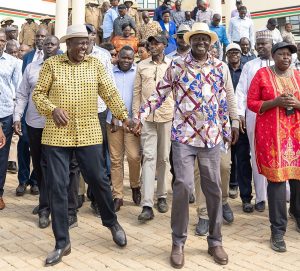Politics
Raila Asks Kenyans to Support Broad-Based Government, Says Ruto’s Policies Align With His Own
During the Homa Bay visit, several development projects were launched, including an ultra-modern fish market, the Homa Bay pier, and an affordable housing project.
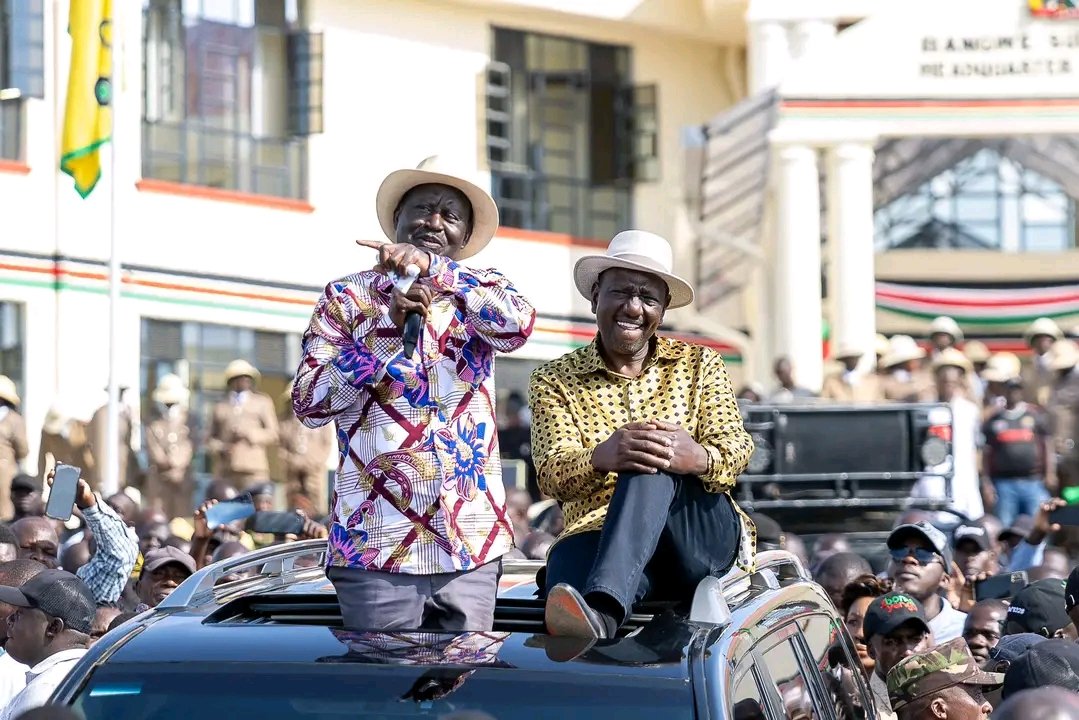
Orange Democratic Movement leader urges public backing of unity government amid spirited opposition and declining approval ratings
In a significant political development, Orange Democratic Movement (ODM) party leader Raila Odinga has come to the robust defense of President William Ruto’s broad-based government, urging Kenyans to support the unity administration while asserting that the current government’s policies mirror his own 2022 presidential manifesto.
Speaking to residents of Homa Bay town on Friday, May 30, 2025, the veteran opposition leader heaped praise on the Ruto administration, describing it as a partnership designed to address Kenya’s longstanding challenges dating back to pre-independence era.
“Haya yote tulikuwa nayo kwa mpango yetu ya Azimio na sasa si mnaona watu wa Kenya Kwanza wameiga mfano yetu na hii ni kitu mzuri nataka hawa wananchi wetu waunge hawa mkono,” Odinga stated, suggesting that Kenya Kwanza had adopted policies from the Azimio coalition’s blueprint.
The ODM leader’s endorsement comes at a time when the broad-based government faces significant public skepticism. Recent polling data reveals a stark reality: only 22 percent of Kenyans support the current unity arrangement, while 54 percent actively oppose it, according to a TIFA Research survey released on May 28, 2025.
President Ruto, responding to Odinga’s support, emphasized the collaborative nature of their partnership. “Mimi na Baba tumekubaliana kuunganisha taifa la Kenya, hakuna jamii itabaki nyuma, hakuna sehemu ya Kenya itabaki nyuma…tutahakikisha wale watu wa hasira na kisirani hawatapta nafasi ili Kenya iweze kuenda mbele,” Ruto declared, using the respectful term “Baba” to refer to Odinga.
The formation of Kenya’s broad-based government traces back to the political crisis that engulfed the country following the Gen Z-led protests in 2024.
These demonstrations, which resulted in numerous casualties and widespread civil unrest, forced President Ruto’s administration into a corner, ultimately leading to the incorporation of opposition figures into his cabinet in July 2024.
The initial cabinet reshuffle saw four ODM ministers appointed to key positions, marking a significant shift in Kenya’s political landscape.
This move was widely interpreted as Ruto’s attempt to stabilize his government and address governance concerns raised during the protests.
Mining and Blue Economy Cabinet Secretary Ali Hassan Joho, one of the prominent ODM figures in the current administration, offered a colorful perspective on the political realignment. “Sisi ndio experts tulitoka ODM…Rais Ruto ni founder member wa ODM…sasa tumekutana kati kati. si ni reunion? Na vile (Governor) Gladys Wanga amesema, hapa kazi bila break,” Joho remarked during the Homa Bay event.
The government has continued to expand its ODM integration, with recent appointments of more Raila allies to key positions, including the creation of six new state departments as part of ongoing efforts to cement the unity arrangement.
Despite Odinga’s endorsement, the broad-based government faces considerable opposition from various quarters.
Critics, including former presidential running mate Martha Karua, have described the arrangement as “unconstitutional” and likened it to a “come-we-stay marriage” between Ruto and Raila.
Some political analysts view the partnership with skepticism, questioning whether it represents genuine policy convergence or merely a political convenience for both leaders.
The low approval ratings suggest that a significant portion of the Kenyan electorate remains unconvinced about the merits of the unity government.
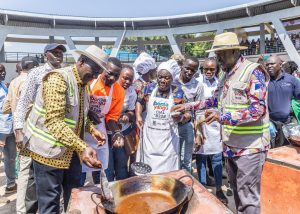
Ruto and Raila trying their Havis at frying fish during official inauguration of modern fish market in Homa Bay.
During the Homa Bay visit, several development projects were launched, including an ultra-modern fish market, the Homa Bay pier, and an affordable housing project.
President Ruto also addressed security concerns affecting Lake Victoria fishermen, promising to resolve boundary disputes that have led to harassment by foreign authorities.
“I sent Joho to engage his colleagues in Uganda and Tanzania there is currently a conversation ongoing so that we can have a uniform license for all our fishermen to avoid this country arresting the other country to avoid what is going on at the moment,” Ruto explained.
Odinga’s strong endorsement of the Ruto administration represents a remarkable political transformation, considering their bitter rivalry during the 2022 presidential election.
The ODM leader’s decision to support the government he once vehemently opposed has drawn mixed reactions from his traditional support base.
The unity government arrangement has also been influenced by Odinga’s continental ambitions, as he campaigns for the African Union Commission chairperson position, which may have contributed to his decision to step back from active opposition politics.
As Kenya navigates this unprecedented political arrangement, questions remain about its long-term sustainability and effectiveness.
The government’s ability to deliver on its promises while maintaining unity among traditionally opposing political forces will be crucial in determining whether the broad-based approach can win over public confidence.
The May 30 Homa Bay event demonstrates both leaders’ commitment to selling their unity government to skeptical citizens, but with approval ratings remaining low, they face an uphill battle in convincing Kenyans that this political marriage will deliver the transformation they seek.
Kenya Insights allows guest blogging, if you want to be published on Kenya’s most authoritative and accurate blog, have an expose, news TIPS, story angles, human interest stories, drop us an email on [email protected] or via Telegram
-

 News2 weeks ago
News2 weeks agoKenyan Driver Hospitalized After Dubai Assault for Rejecting Gay Advances, Passport Seized as Authorities Remain Silent
-

 Investigations1 week ago
Investigations1 week agoMoney Bior, Lawyer Stephen Ndeda Among 18 Accused Of Running An International Fraud Ring Involved With Scamming American Investor Sh500 Million
-

 Investigations7 days ago
Investigations7 days agoNestlé Accused of Risking Babies’ Health in Africa with ‘Toxic’ Cerelac Product Sold Highest in Kenya
-
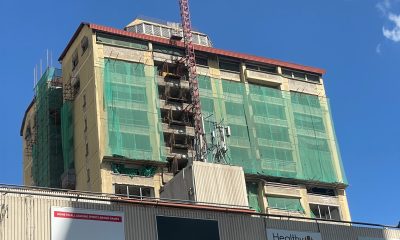
 Business2 weeks ago
Business2 weeks agoConstruction Of Stalled Yaya Center Block Resumes After More Than 3 Decades and The Concrete Story Behind It
-
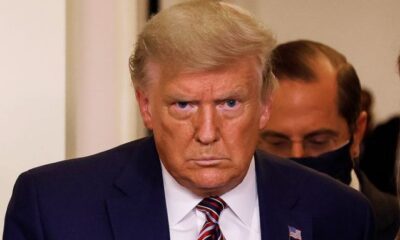
 Investigations2 weeks ago
Investigations2 weeks agoHow Somali Money From Minnesota Fraud Ended In Funding Nairobi Real Estate Boom, Al Shabaab Attracting Trump’s Wrath
-
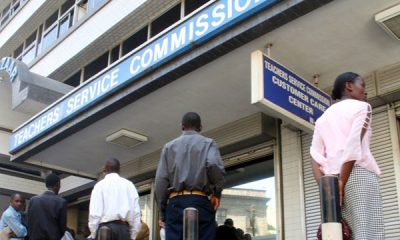
 News1 week ago
News1 week agoTSC Announces Major Policy Shift To End Transfer Of Promoted Teachers
-

 News6 days ago
News6 days ago48-Year-Old Woman Who Pushed 25-Year-Old Boyfriend To Death From 14th Floor Kilimani Apartment Arrested
-
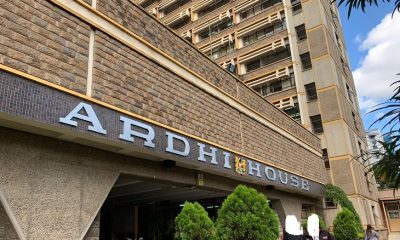
 Investigations3 days ago
Investigations3 days agoHow Land Grabbing Cartels Have Captured Ardhi House


